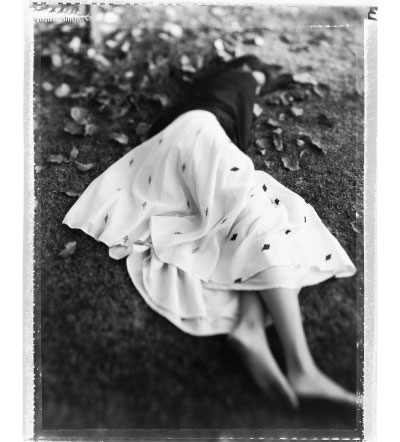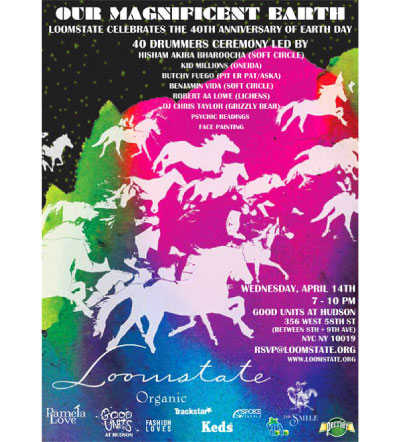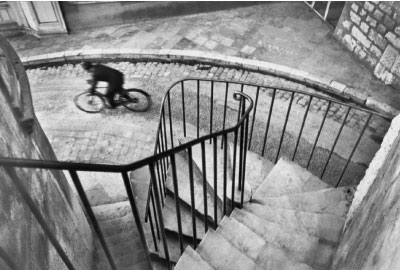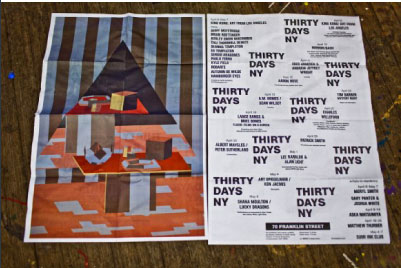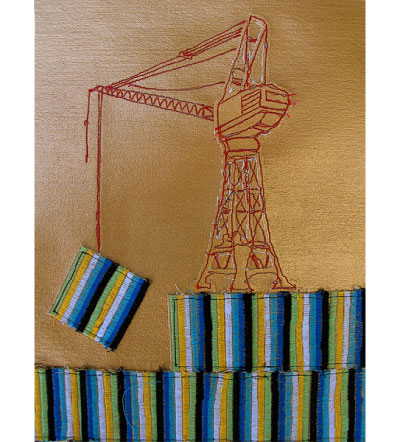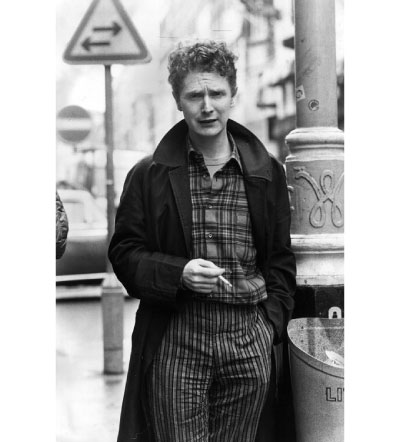
All images courtesy of Rizzoli, from Shigeru Ban: Paper in Architecture
There are great architects who work with established conventions, elevating them masterfully. And there are great architects who work without regard to conventions, establishing their own way of building. Shigeru Ban is this kind of architect. His innovative structures employ industrial cardboard tubes as structural framing elements. Collected in last year’s book Shigeru Ban: Paper in Architecture, these projects seem especially meaningful right now, as we rebuild after earthquakes in Haiti and Chile and search for an architecture that’s practical, inexpensive, and beautiful.
Like Frank Gehry houses of exposed wood studs and plywood, and Tadao Ando’s buildings in poured concrete, Ban’s structures take an everyday building material and transform it with ingenuity and grace. Ban has studied these tubes for decades, working closely with engineers and lawmakers in Japan to establish standard construction methods, details, and metrics. He single-handedly advanced their technology and developed their vocabulary, one that’s on the verge of a new kind of architecture.




 Facebook
Facebook Permalink
Permalink Digg
Digg Reddit
Reddit LinkedIn
LinkedIn StumbleUpon
StumbleUpon Tumblr
Tumblr


